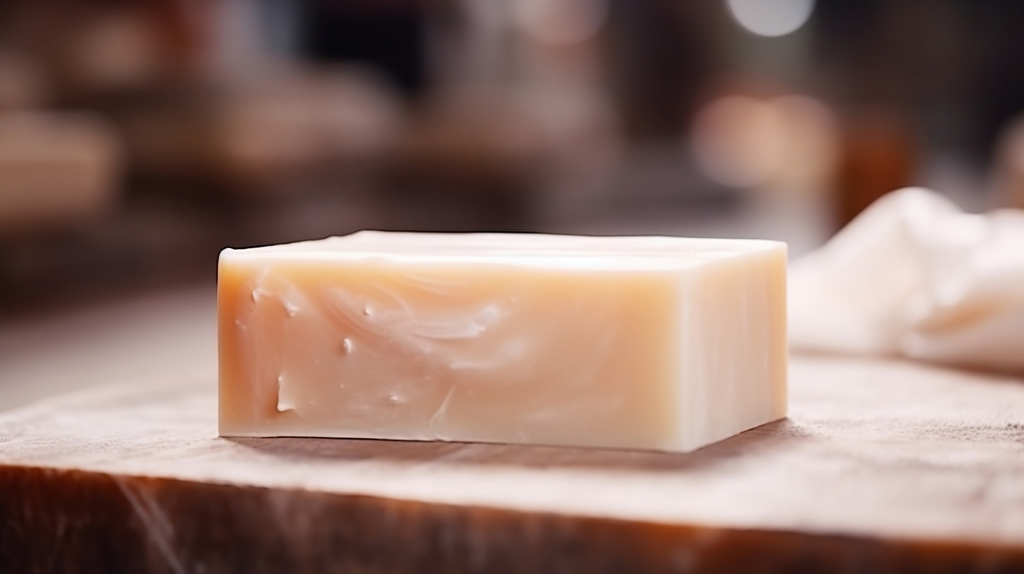We use soap every day, all day long, whether in our showers or on our hands. So, what does it take to make a bar of soap?
1) Melt and Pour Soap. This soap uses a solid soap base that is premade and the maker has already handled the lye and main oil/butter ingredients in making the solid soap base. The soap base is melted down and various ingredients are added to it such as colorants and fragrances. Once the soap is cooled, it is a solid bar that is ready to use.
 2) Cold Process Soap. Cold process soap is more involved, and the soap must go through a curing phase. Various butters and oils are combined and melted down, and sodium hydroxide (lye) is combined with distilled water or other non-oil liquid ingredients such as milks, teas, juices, aloe vera, etc. Lye is a chemical and much caution must be used in its handling to avoid skin contact, inhalation, ingestion or contamination. Once the lye is combined with the liquid ingredients, it can heat up to nearly 200ºF! When the lye/water and oil/butter are cooled down, they are mixed together. Once thoroughly mixed, fragrance, colorants and other ingredients can be added. The batter is poured into a mold. Over the course of several hours, the oils/butters saponify and heat up in the mold. Once the saponification process is complete, soap has been created! The soap is taken out of the mold and cut to desired sizes. After the soap is cut, it must cure for four to six weeks in order for the bar to harden. A harder bar means a longer lasting one!
2) Cold Process Soap. Cold process soap is more involved, and the soap must go through a curing phase. Various butters and oils are combined and melted down, and sodium hydroxide (lye) is combined with distilled water or other non-oil liquid ingredients such as milks, teas, juices, aloe vera, etc. Lye is a chemical and much caution must be used in its handling to avoid skin contact, inhalation, ingestion or contamination. Once the lye is combined with the liquid ingredients, it can heat up to nearly 200ºF! When the lye/water and oil/butter are cooled down, they are mixed together. Once thoroughly mixed, fragrance, colorants and other ingredients can be added. The batter is poured into a mold. Over the course of several hours, the oils/butters saponify and heat up in the mold. Once the saponification process is complete, soap has been created! The soap is taken out of the mold and cut to desired sizes. After the soap is cut, it must cure for four to six weeks in order for the bar to harden. A harder bar means a longer lasting one!

3) Hot Process Soap. Hot process is similar to cold process up until the point where the lye/water and oil/butter mixtures are combined. After that point, the batter is added to a slow cooker and heated for a period of time. The heat speeds up the soap-making process and gives the water an opportunity to evaporate. The batter is poured into a mold and is ready to be cut and used within a day.

Our soaps are made primarily with the cold process method as we find that hot process soap can cause the natural ingredients to lose some of their nutrients. We also find that cold process soap provides a creamier, more luxurious lather. Further, the cold process method saves water, and the bars are nearly 100% biodegradable. We often use the melt and pour process with our embeds as neither cold process nor hot process work well in the tiny molds used for many of our embeds.

